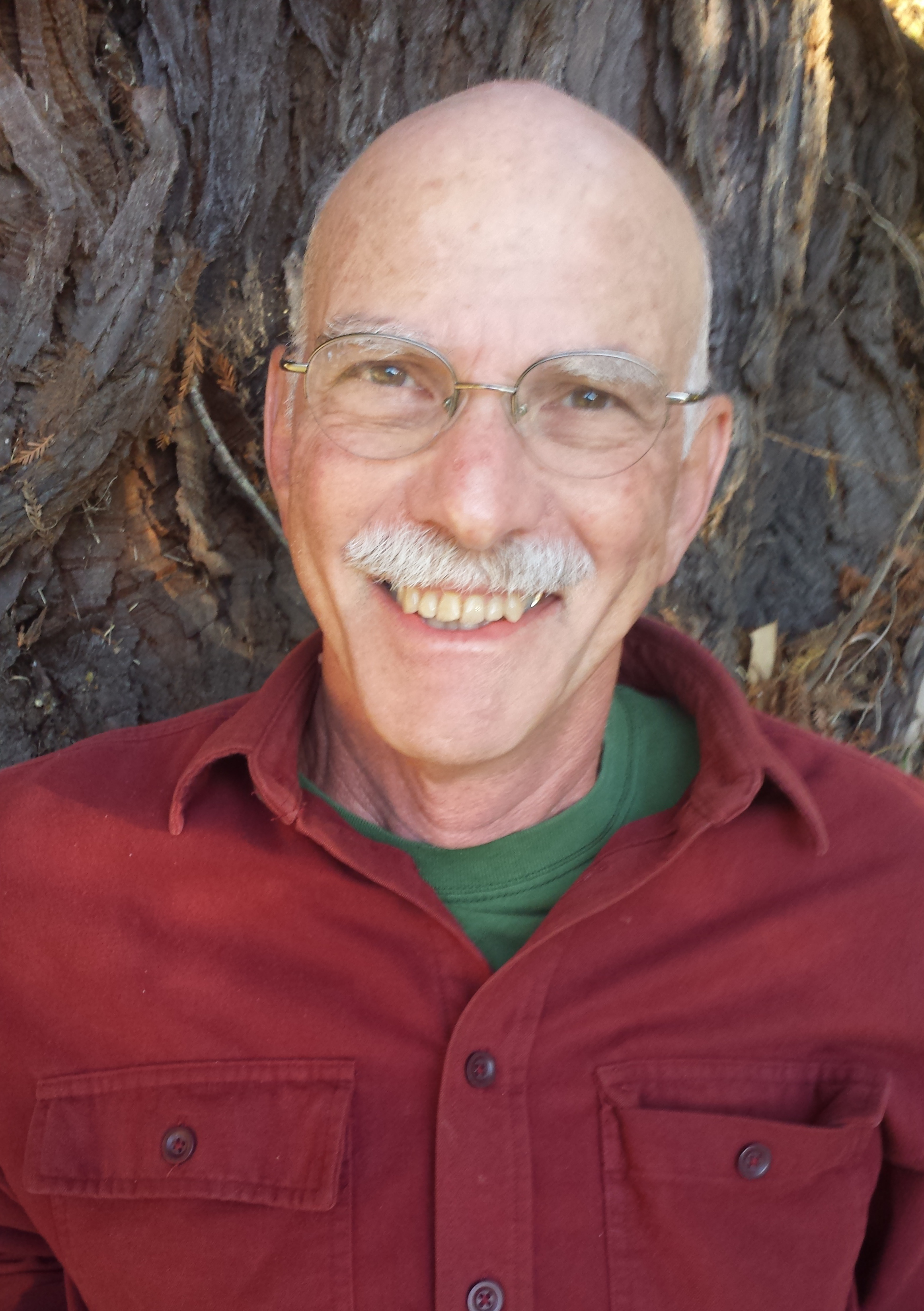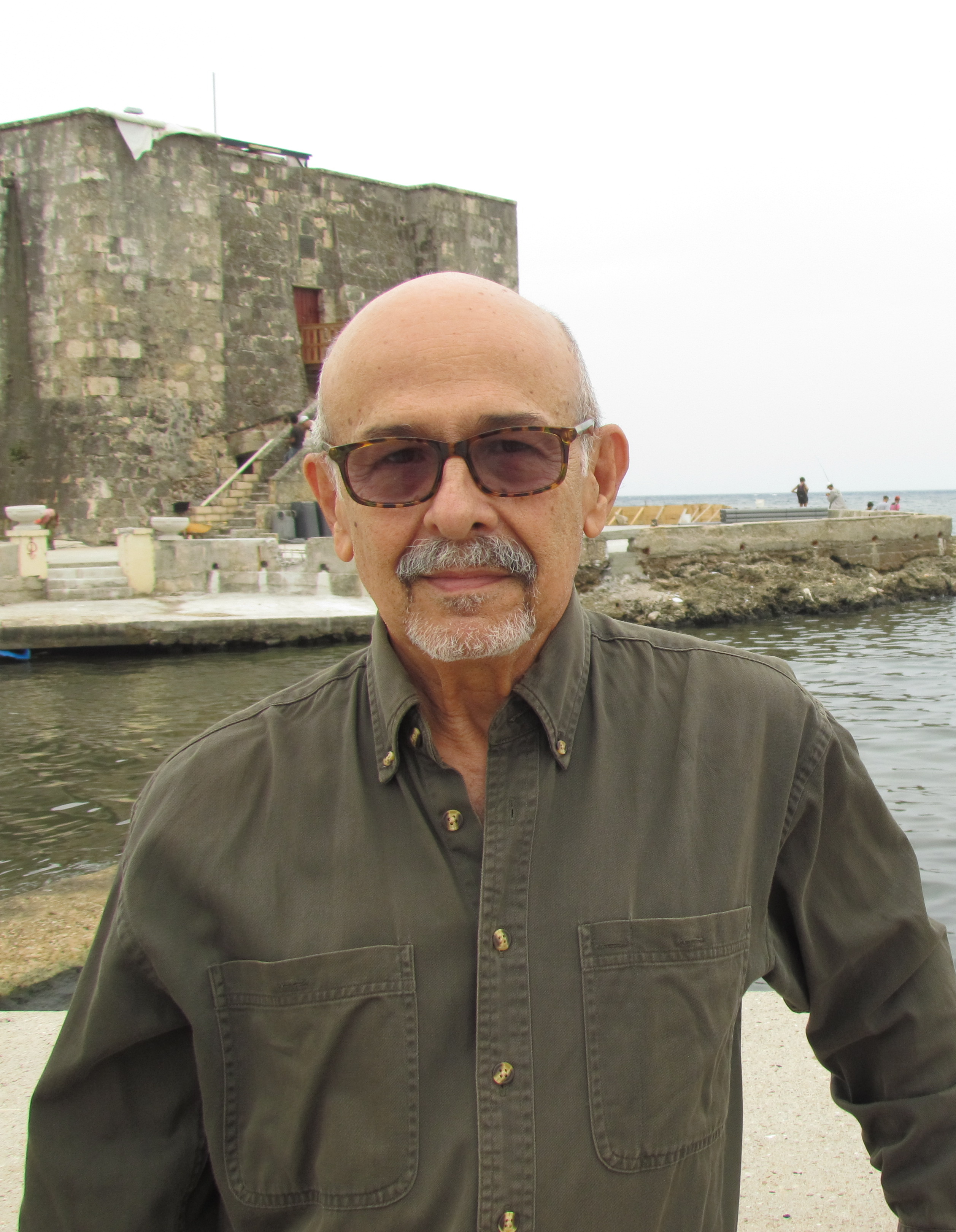The History of Havana
"In fine prose, with academic rigor, clarity that shows respect for the reader, and a good dose of lyricism, the co-authors serve us up the trajectory of the Cuban capital."
- Diario Las Américas, Miamiabout the bookabout
For close to 500 years, Havana has been a cultural crossroads, a meeting point for people from the Americas, Europe, and Africa. Here, in a revised and updated edition of a classic history co-written by a Cuban and an American, is the definitive chronicle of the "Pearl of the Antilles."
"The name of the city", write the authors, "La Habana or La Havana, comes from Spanish transcriptions of an indigenous word. But in ensuing years many came to believe that the name derived from haven and harbor, which the city has always been in both a physical and a social sense". Since its founding in 1519, Havana has drawn people from all over the world, including explorers, entrepreneurs, refugees, and the exiled, to create a melting pot of influences and cultures with a very distinct history. Authors Dick Cluster and Rafael Hernández examine not only the ruptures in the city's life, but its continuities as well. The traditions that make the city unique, such as its idiosyncratic combination of territorialism and hospitality, or its proclivity for protest, reveal a drive for change as an integral element of its character. Drawing on oral histories and cultural artifacts with grace and precision, The History of Havana chronicles the city's dynamic culture and politics, making it a superbly well-rounded account of the most intriguing city in the Caribbean.
Illustrated with black-and-white photographs and maps.
"One of the few books in English to cover the history of the Cuban capital specifically, [The History of Havana] provides a history of Cuba too. This engaging, people-centered account takes a social and cultural perspective as much as an economic and political one and is peppered with lively personal testimonies helping to make the facts of the past more pertinent and more real." - Rough Guide to Cuba
"This beautifully written, reliably informative, and extremely sensitive account provides a delightful examination across time of the extraordinary human dimensions of an extraordinary people." - Franklin Knight, Johns Hopkins University, Choice
About The Author / Editor
Preview
from The History of Havana
Near the docks and custom house of Old Havana, in front of the meticulously restored basilica of the convent of San Francisco de Asís, stands the life-size bronze statue of a figure with long, flowing hair and beard, wrapped in a D'Artagnan-style cape which seems to drift in the wind as he walks. This statue is one of the very few erected in Havana since the revolution of 1959. It does not portray a rebel hero, a patriotic general, a famous writer, a great architect, or the composer of some unforgettable song dedicated to this city on the bay. Rather, it is the statue of the Parisian Gentleman, El Caballero de París.
The French themselves would have called him a clochard, a vagabond. From the 1920s to the 1970s he slept where he could, on one corner or another as he moved about the city, feeding himself on what he found or was offered by street vendors or passers-by, holding up his pants with a rope belt from which dangled pencils secured by strings. Yet, dressed in his signature cape over a tattered set of tails, the self-styled Parisian Gentleman projected an aura of dignity and majesty. The European aristocrat washed up on the shores of this New World-or so he presented himself—made speeches to the crowds in seventeenth-century Spanish or busied himself arranging his mysterious bags and bundles and masses of newspapers and magazines.
He was, by most accounts, a Spanish immigrant who had come to Cuba as a teenager and found work in Havana's sophisticated stores and hotels. Some said he had gone crazy for love, while others said he'd been jailed for a murder or a robbery he did not commit. Over the course of decades, he became an institution. Ageless, capable of appearing at any hour of day or night, attached to no neighborhood in particular, white but poor, both comic and tragic, he became a sort of essential citizen of Havana, to whom the city's residents have dedicated songs, poems, memoirs, imagined biographies, and plays. "Un tipo muy popular", one such song calls him-which suggests "popular" and "of the people" all at once.
The Caballero died in 1985 and was buried in an obscure grave on the city's outskirts. When the ruined colonial church and convent of San Francisco (turned to civilian uses since the mid-nineteenth century) was restored in the year 2001, the city historian requested the transfer of the Caballero's ashes to that sanctuary beside the city's earliest marketplace. The reception this vagabond received sums up the spirit of his adopted city; throughout his lifetime on the streets, even those who laughed at him protected him. They conversed with him and accepted the quill pens and colored papers he gave out as gifts to those who offered him alms. He once buttonholed a Cardinal, who listened politely as the Caballero explained that the church should sell all its goods and distribute the proceeds among the poor. By the 1940s, he was such an institution that he was interviewed in the press. In the 1950s, he appeared on television alongside two similar itinerant characters, La Marquesa and Bigote de Gato. In the 1960s, he was afforded carte-blanche for free food from the kitchens of the newly state-run restaurants.
in the media
The History of Havana
"In fine prose, with academic rigor, clarity that shows respect for the reader, and a good dose of lyricism, the co-authors serve us up the trajectory of the Cuban capital."
- Diario Las Américas, Miamiabout the bookabout
For close to 500 years, Havana has been a cultural crossroads, a meeting point for people from the Americas, Europe, and Africa. Here, in a revised and updated edition of a classic history co-written by a Cuban and an American, is the definitive chronicle of the "Pearl of the Antilles."
"The name of the city", write the authors, "La Habana or La Havana, comes from Spanish transcriptions of an indigenous word. But in ensuing years many came to believe that the name derived from haven and harbor, which the city has always been in both a physical and a social sense". Since its founding in 1519, Havana has drawn people from all over the world, including explorers, entrepreneurs, refugees, and the exiled, to create a melting pot of influences and cultures with a very distinct history. Authors Dick Cluster and Rafael Hernández examine not only the ruptures in the city's life, but its continuities as well. The traditions that make the city unique, such as its idiosyncratic combination of territorialism and hospitality, or its proclivity for protest, reveal a drive for change as an integral element of its character. Drawing on oral histories and cultural artifacts with grace and precision, The History of Havana chronicles the city's dynamic culture and politics, making it a superbly well-rounded account of the most intriguing city in the Caribbean.
Illustrated with black-and-white photographs and maps.
"One of the few books in English to cover the history of the Cuban capital specifically, [The History of Havana] provides a history of Cuba too. This engaging, people-centered account takes a social and cultural perspective as much as an economic and political one and is peppered with lively personal testimonies helping to make the facts of the past more pertinent and more real." - Rough Guide to Cuba
"This beautifully written, reliably informative, and extremely sensitive account provides a delightful examination across time of the extraordinary human dimensions of an extraordinary people." - Franklin Knight, Johns Hopkins University, Choice
About The Author / Editor
Preview
from The History of Havana
Near the docks and custom house of Old Havana, in front of the meticulously restored basilica of the convent of San Francisco de Asís, stands the life-size bronze statue of a figure with long, flowing hair and beard, wrapped in a D'Artagnan-style cape which seems to drift in the wind as he walks. This statue is one of the very few erected in Havana since the revolution of 1959. It does not portray a rebel hero, a patriotic general, a famous writer, a great architect, or the composer of some unforgettable song dedicated to this city on the bay. Rather, it is the statue of the Parisian Gentleman, El Caballero de París.
The French themselves would have called him a clochard, a vagabond. From the 1920s to the 1970s he slept where he could, on one corner or another as he moved about the city, feeding himself on what he found or was offered by street vendors or passers-by, holding up his pants with a rope belt from which dangled pencils secured by strings. Yet, dressed in his signature cape over a tattered set of tails, the self-styled Parisian Gentleman projected an aura of dignity and majesty. The European aristocrat washed up on the shores of this New World-or so he presented himself—made speeches to the crowds in seventeenth-century Spanish or busied himself arranging his mysterious bags and bundles and masses of newspapers and magazines.
He was, by most accounts, a Spanish immigrant who had come to Cuba as a teenager and found work in Havana's sophisticated stores and hotels. Some said he had gone crazy for love, while others said he'd been jailed for a murder or a robbery he did not commit. Over the course of decades, he became an institution. Ageless, capable of appearing at any hour of day or night, attached to no neighborhood in particular, white but poor, both comic and tragic, he became a sort of essential citizen of Havana, to whom the city's residents have dedicated songs, poems, memoirs, imagined biographies, and plays. "Un tipo muy popular", one such song calls him-which suggests "popular" and "of the people" all at once.
The Caballero died in 1985 and was buried in an obscure grave on the city's outskirts. When the ruined colonial church and convent of San Francisco (turned to civilian uses since the mid-nineteenth century) was restored in the year 2001, the city historian requested the transfer of the Caballero's ashes to that sanctuary beside the city's earliest marketplace. The reception this vagabond received sums up the spirit of his adopted city; throughout his lifetime on the streets, even those who laughed at him protected him. They conversed with him and accepted the quill pens and colored papers he gave out as gifts to those who offered him alms. He once buttonholed a Cardinal, who listened politely as the Caballero explained that the church should sell all its goods and distribute the proceeds among the poor. By the 1940s, he was such an institution that he was interviewed in the press. In the 1950s, he appeared on television alongside two similar itinerant characters, La Marquesa and Bigote de Gato. In the 1960s, he was afforded carte-blanche for free food from the kitchens of the newly state-run restaurants.








